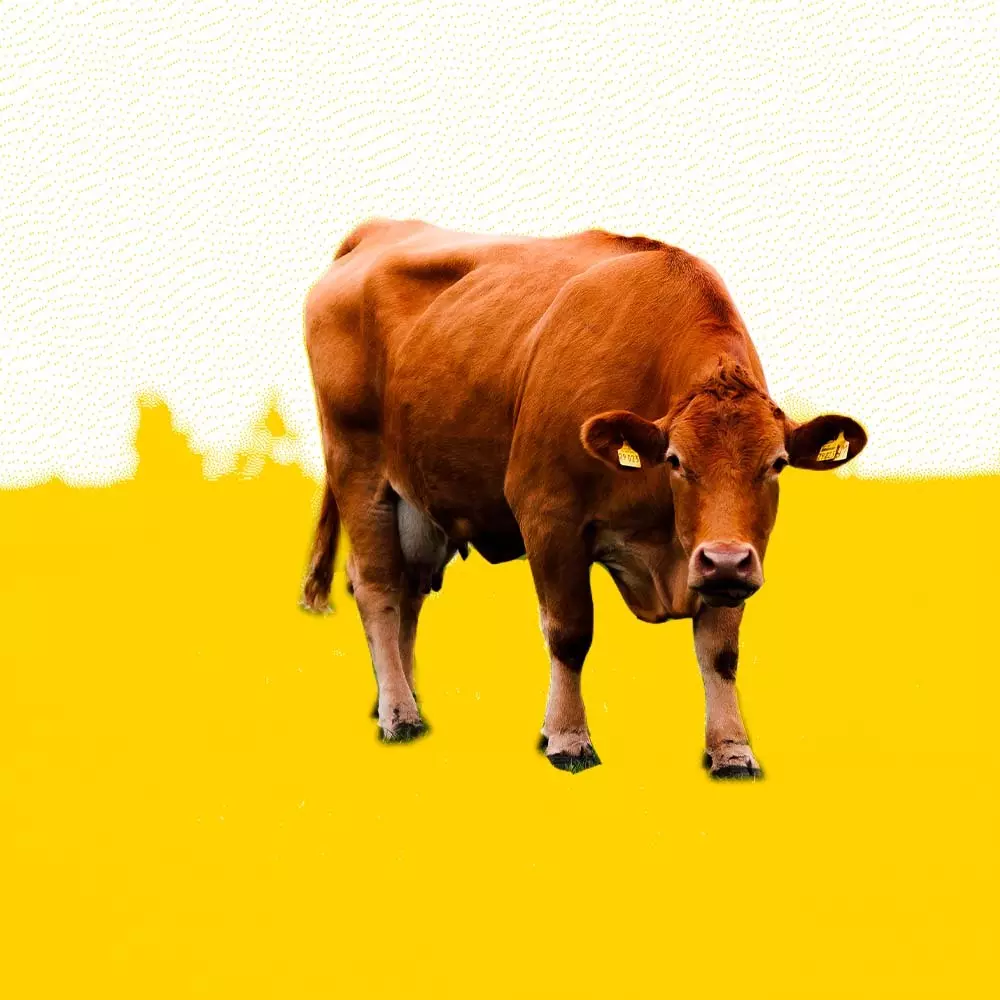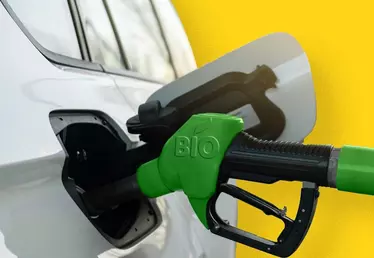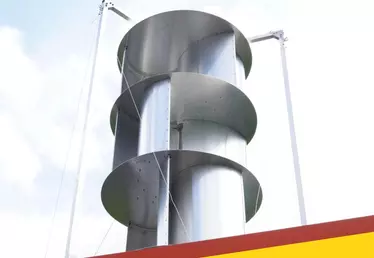

Hero banner custom title
What is biogas and is it really green?
3 min
There is a way for people to power their motor vehicles or heat their homes without further drilling for gas and oil. One serious and carbon-friendlier alternative to natural gas and other fossil fuels is biogas, a locally-produced and environmentally responsible energy source generated through the recycling of organic waste.
Unlike ground-extracted fossil fuels like natural gas, biogas is derived from open-air biowaste such as agricultural residue, sewage treatment plant sludge and even cow dung. As described by Yves Membrez, EREP engineering consultancy Vice-Chair of the Board (and member of the “Swiss Biomass” association), “As an energy vector, biogas is multi-purpose insofar as it enables the production of heat, electricity or renewable natural gas in a biomethane form that can then be injected into a distribution network or used as vehicle fuel”.
A useful instrument in the search for energy autonomy
Largely composed of methane and carbon dioxide (CO2), purified biogas transforms into biomethane, a “renewable” gas with properties similar to natural gas. This explains a number of vehicle fuel initiatives currently underway involving a wider distribution of organic waste – one example being the municipal bus system in Indore, India.
Given the tensions caused by the Russian-Ukrainian conflict, the European Union - which currently imports 90% of its gas (45% of which comes from Russia, according to the International Energy Agency) – has unsurprisingly started investigating the deployment of renewable gas.
Notwithstanding this official commitment to the development of biogas, the sector’s potential has yet to be fully exploited, however. According to Membrez, “Current actions are constrained by the availability of organic matter apt to produce biogas. Were all such matter to be recovered and applied to this one goal, the resulting quantum of biogas would correspond to ca. 10% of total Swiss energy consumption - a significant contribution to the renewable energy sources prescribed in the country’s 2050 Energy Strategy”.
Biogas production has the added benefit of generating fertilizer
As part of the methanisation process underlying the production of biogas, organic matter is stored in an anaerobic digester. The ensuing decomposition leaves behind a “digestate” that can then be used as fertilizer. Membrez notes that this residue “combines readily with non-methanisable ligneous waste to create a structure suitable for composting purposes”.
In short, biogas offers a number of advantages. It has less of a carbon footprint than fossil fuels do; lowers energy dependency because it can be produced locally; allows for a recycling of biowaste; and has the potential to optimise agricultural yields. Having said that, biogas production can be environmentally damaging when, as it involves the exploitation of dedicated agricultural land or working forests. After all – and as always - too much of a good thing can also be a bad thing.











